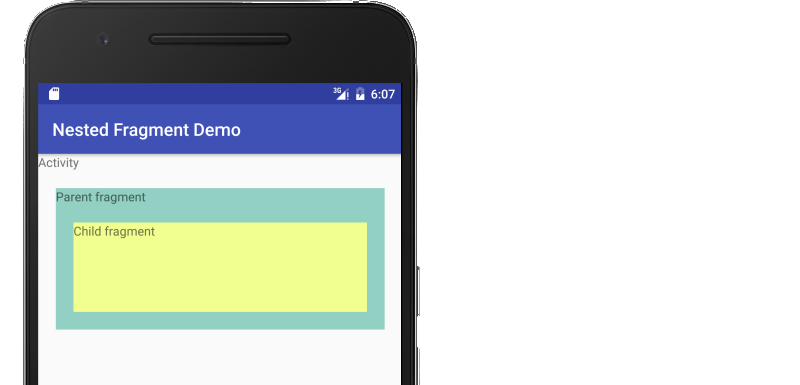I'm writing an app for 4.0 and 4.1 tablets, for which I do not want to use the support libraries (if not needed) but the 4.x api only therefore.
So my target platform is very well defined as: >= 4.0 and <= 4.1
The app has a multi-pane layout (two fragments, one small on the left, one content fragment on the right) and an action bar with tabs.
Similar to this:

Clicking a tab on the action bar changes the 'outer' fragment, and the inner fragment then is a fragment with two nested fragments (1. small left list fragment, 2. wide content fragment).
I am now wondering what's the best practice to replace fragments and especially nested fragments. The ViewPager is part of the support library, there's no native 4.x alternative for this class. Appear to be 'deprecated' in my sense. - http://developer.android.com/reference/android/support/v4/view/ViewPager.html
Then I read the release notes for Android 4.2, regarding ChildFragmentManager, which would be a good fit, but I am targeting 4.0 and 4.1, so this can't be used either.
ChildFragmentManager is only available in 4.2
- http://developer.android.com/about/versions/android-4.2.html#NestedFragments
- http://developer.android.com/reference/android/app/Fragment.html#getChildFragmentManager()
Unfortunately, there are hardly any good examples out there that show best practices for fragments usages without the support library, even in the entire Android developer guides; and especially nothing regarding nested fragments.
So I am wondering: is it simply not possible to write 4.1 apps with nested fragments without using the support library and everything that comes with it? (need to use FragmentActivity instead of Fragment, etc.?) Or what would be the best practice?
The problem that I am currently having in the development is exactly this statement:
The Android Support Library also now supports nested fragments, so you can implement nested fragment designs on Android 1.6 and higher.
Note: You cannot inflate a layout into a fragment when that layout includes a
<fragment>. Nested fragments are only supported when added to a fragment dynamically.
Because I put define the nested fragments in XML, which apparently causes an error like:
Caused by: java.lang.IllegalArgumentException: Binary XML file line #15: Duplicate id 0x7f090009, tag frgCustomerList, or parent id 0x7f090008 with another fragment for de.xyz.is.android.fragment.CustomerListFragment_
At the moment, I conclude for myself: even on 4.1, when I don't even want to target the 2.x platform, nested fragments as shown in the screenshot are not possible without the support library.
(This might actually be more of a wiki entry than a question, but maybe somebody else has managed it before).
Update:
A helpful answer is at: Fragment Inside Fragment


ActionBarSherlock. I would need to use ActionBarSherlock, but the tabs would not be integrated in the ActionBar then but only beneath (which isn't necessary for 4.x). - are you sure about that? From what I've seen using the library fully replicates the sdk apis including those tabs. – HuppActionBar(built in house by Samsung). Have a closer look at ActionBarSherlock, it has the tabs in the ActionBar if there is room. – Hupp